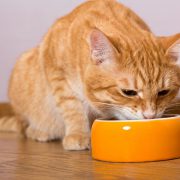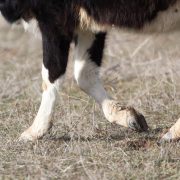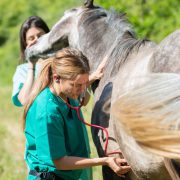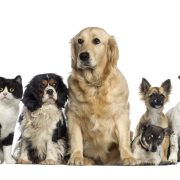Pregabalin for the treatment of syringomyelia-associated neuropathic pain in dogs: A randomised, placebo-controlled, double-masked clinical trial
S. Sanchis-Mora, Y.M. Chang, S.M. Abeyesinghe, A. Fisher, N. Upton, H.A. Volk and L. Pelligand | The Veterinary Journal | August 2019
The aim of this double-blinded, randomised, crossover placebo-controlled trial was to evaluate the efficacy of pregabalin for the treatment of central neuropathic pain (NeP) in dogs with Chiari-like malformation and syringomyelia (CM/SM)…











Connect with us